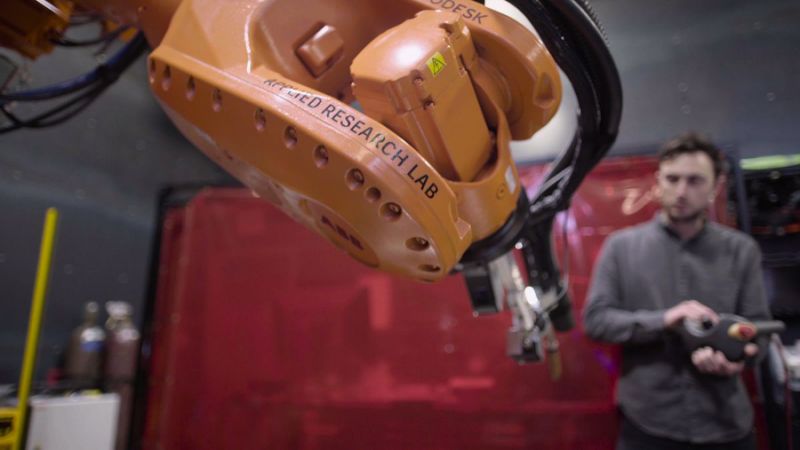Industrial Robots: A New Era of Automation
Forget about vacuum cleaner robots, paramedics, or butlers, as industrial robots currently make up the largest share of the global robotics market, which is valued at $34 billion.

Features of Industrial Robots
A classic industrial robot is a blind and deaf "arm" that performs routine tasks reliably and without interruption. It is important that these robots are isolated from the people working on factory production lines to prevent accidental collisions and potential injuries.
Companies like Autodesk Inc. are developing peripheral systems and software that enable robots not only to perform more complex and varied tasks but also to work closer to humans in areas where additional precision is required.
Economic Advantages
The call to industry is clear: the German robot manufacturer Kuka AG claims that a typical robot costs about 5 euros ($5.38) per hour over its entire lifespan. In comparison, the hourly cost of maintaining a worker in the U.S. was $36.49 in 2013, according to data from the Conference Board.
Industrial Robot Market
This also opens up new opportunities for companies like Autodesk that are engaged in manufacturing and software development. In 2015, approximately 11.1 million industrial robots were sold. The addition of cameras, sensors, and software to this equipment contributed to the overall growth of the sector's value to $35 billion, according to estimates from the International Federation of Robotics.